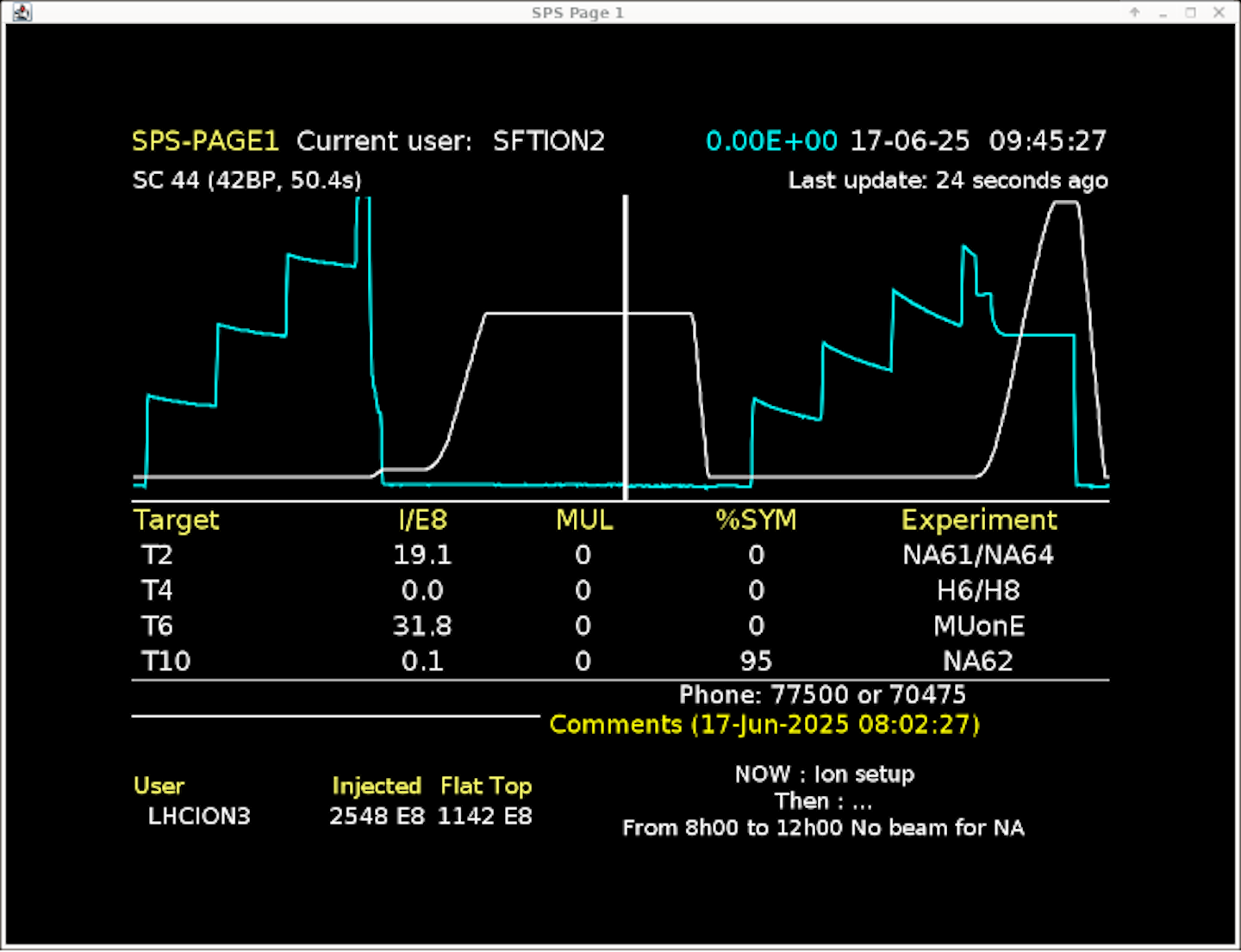The first proton–proton physics block of the 2025 LHC schedule concluded on 19 June at 6.00 a.m. It delivered 24 fb-1 of integrated luminosity to the ATLAS and CMS experiments, slightly below the forecast (26 fb-1) because of some time-consuming issues in the LHC.
Indeed, while the physics run has progressed broadly as expected so far, the results have not been obtained without challenges. For some weeks, radiation-induced single-event upsets (SEUs) have affected parts of the cryogenic-system-related electronics located in the LHCb experimental cavern. This led to perturbations in the cryogenic system and required about 12 hours of recovery before cryogenics could be re-established, the magnets repowered and the beam re-injected. Some mitigation measures have been put in place by the cryogenics experts and have already proved efficient in reducing the effect of the SEUs on some of the equipment. During the upcoming five-day technical stop (TS), scheduled to start on 23 June, additional shielding will be installed to further protect vulnerable equipment.

The end of this first physics block marks the start of the first of five machine development (MD) blocks scheduled for 2025. Over a period of 96 consecutive hours, machine and beam physicists will be conducting 15 different beam and machine studies in total, before the start of the five-day TS on 23 June.
These studies have a wide range of objectives, from testing new instrumentation to visualising and cleaning the beam halo using novel techniques, to investigating advanced methods that could extract part of the LHC beam for use in a potential future fixed-target experiment using a set-up based on two precision-aligned crystals. The common goal of all these studies is to better understand and push the machine’s performance limits, prepare for the challenges of the High-Luminosity LHC (HL-LHC) era and explore the potential for future experimental programmes.
After the five-day TS, the physics run will resume, not with protons, but with oxygen ions and even neon ions – not for long though, as the second and longest proton physics block will start on 12 July.
Meanwhile, elsewhere in the accelerator complex… a vacuum leak appeared in the SPS on 11 June and required a 30-hour beam stop for a magnet exchange and vacuum pumping down. This was completed in the morning of 12 June, and operational conditions were restored. While work was going on in the SPS, the LHC managed to straddle the gap during which beam was absent from the SPS with a single fill of 30.5 hours, accumulating 1.4 fb-1 in a single fill.
The injectors – Linac3, LEIR, the PS and the SPS – have prepared the oxygen-ion beam to be delivered to the SPS North Area on 26 June and to the LHC on 29 June, following a 1.5-day injector technical stop.

